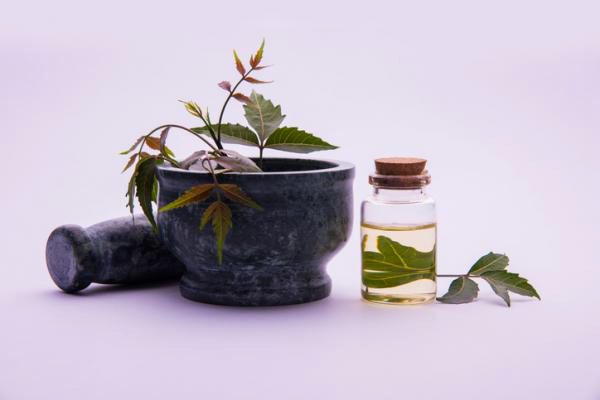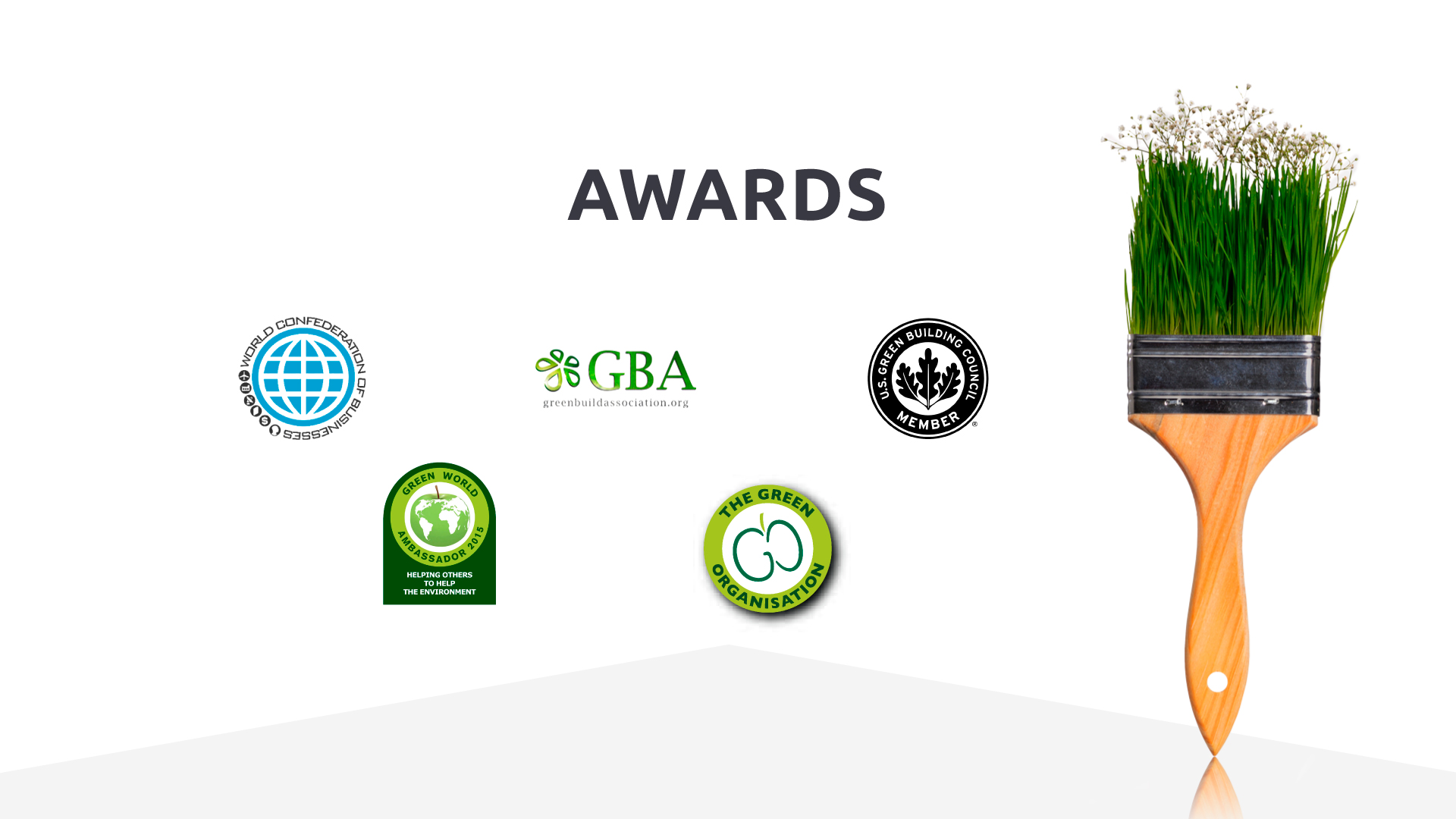
WHAT IS NEEM
Azadirachta, known by the common names of bitterness and neem, is a tree of the Meliaceae family, with natural distribution in South Asia and used in wood production for medicinal purposes. It is one of three species of the genus Azadirachta, along with Azadirachta siamensis and Azadirachta excelsa (Jack) Jacobs (also called Azadirachta integrifoliola), native to India and Burma.
It belongs to the mahogany and cedar family. They are large trees, reaching up to 30m in height and 2.5m in diameter. Native to the entire Indian subcontinent, it is drought resistant. In addition to providing wood, it is well known for its medicinal and therapeutic properties found in seeds, leaves and bark.
Its leaves, fruits, seeds, bark and wood have various applications, both as a source of materials used in medicine, veterinary, cosmetic, as fertilizer production and pest control. In this last aspect, it has attracted attention for being excellent in the biological control of several pests and diseases that attack plants and animals in the field.
Pressing paste from neem seeds has been shown to be a promising organic fertilizer, provided it is mixed with other, more soluble nitrogen sources. This caveat is valid because, being antimicrobial, neem cake reduces the population of nitrifying bacteria (which pick up nitrogen from the air and make it available to the plant): only about 56% of free nitrogen is processed by soil microorganisms after the placement of the neem paste.
By delaying the process that makes nitrogen available in the soil, the use of neem paste is being recommended in combination with highly soluble nitrogen sources, such as synthetic fertilizers used in conventional agriculture, reducing air or runoff nitrogen losses along with the waters inside or on the soil surface. However, the use of this material in organic agriculture, which uses low soluble organic fertilizers, is not recommended, as it delays the process of nitrogen availability that already occurs in a balanced way and at a slower speed than in conventional systems.
The use of its oil for biodiesel production has been the object of research and development.
Neem products have been used in India for over two thousand years by Siddha and Ayurvedic supporters for medicinal purposes, notably as anthelmintic, antifungal, antidiabetic, antibacterial, antiviral, contraceptive and sedative.
Neem is a major component of Siddha, Ayurvedic, and Unani medicines, and is particularly used in the treatment of skin diseases. Neem leaves are used to treat eczema, psoriasis and other diseases. Neem oil is used to treat hair, to improve liver function, to detoxify blood and to balance sugar levels in the body.

What we propose
“Africa uses only 20% of its arable land, so there is 80% of arable land left unused, and that means we can say that Africa has the potential to feed not only itself but also to feed the whole world,” sustained Mostafa Terrab, one of the hosts of the Atlantic Dialogues. Therefore, and by these words we have seen agriculture in Africa increase successively. And it will continue to grow.
As we grow, we start to encounter some problems and also cause some problems. For example in agriculture we are starting to use low quality products that in the future will create and bring big problems for the future of the land. In some crops we find farmers using pesticides and fertilizers without any control and of very poor quality. These products are not protecting anything, nor are they helping to grow anything, they are only ruining the earth and in many cases are bringing disease to the population.
What we propose is to start using quality products, organic and that all professionals have access and training to use organic products. Many organic products are not only for protecting seeds or crops, but also for enriching the land and preparing for future crops.
Of course there are many organic products, but what we will propose has many applications: It serves to protect seeds, serves to protect crops, serves to protect animals and many other applications.So our project is the culture and transformation of neem.

What we propose is the creation of a laboratory and a transformation factory of Neem.
Our project consists of the following:
- Use a cultivation area of about 20 hectares.
- A laboratory with about 120 m2
- One factory with 600 m2
- Stand By Zone with 120 m2
- Having water and energy, for energy we advise to put solar plant.
- Buy the first seeds (neem seeds), For the first 2 or 3 years we will have to buy the seeds.
Because from the second or third year, our trees start to have seeds, then we become autonomous and we can start selling seeds to other producers - From the second year, we can start producing fertilizers and repellents of insects and other animals.
- From the third year, we have started to produce oil, which will serve to make many products that will help us protect our crops and our animals as well.

